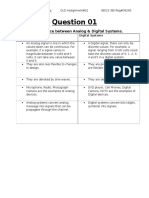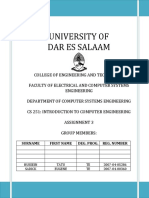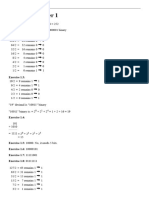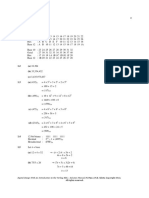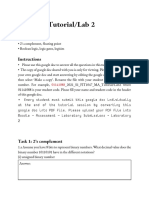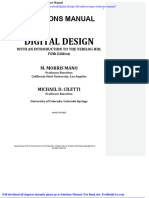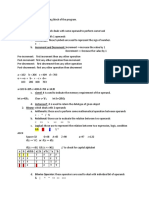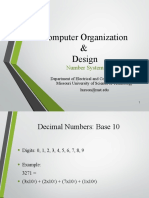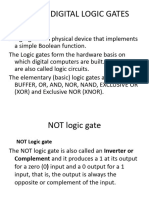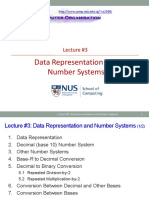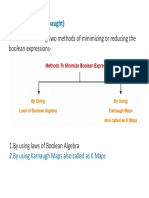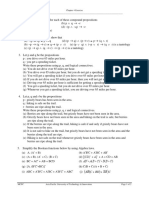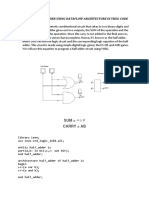0% found this document useful (0 votes)
26 views4 pagesSolution - Exercises II - Solution-1
The document contains solutions to exercises related to digital logic and computer systems, including floating-point representation to decimal conversion, Hamming distance calculations, ASCII translations, BCD arithmetic operations, and fault tolerance checks. It provides detailed step-by-step solutions for each problem, demonstrating the application of concepts in digital logic. The exercises cover a range of topics, including binary arithmetic, error detection, and coding techniques.
Uploaded by
v892qx5gkdCopyright
© © All Rights Reserved
We take content rights seriously. If you suspect this is your content, claim it here.
Available Formats
Download as PDF, TXT or read online on Scribd
0% found this document useful (0 votes)
26 views4 pagesSolution - Exercises II - Solution-1
The document contains solutions to exercises related to digital logic and computer systems, including floating-point representation to decimal conversion, Hamming distance calculations, ASCII translations, BCD arithmetic operations, and fault tolerance checks. It provides detailed step-by-step solutions for each problem, demonstrating the application of concepts in digital logic. The exercises cover a range of topics, including binary arithmetic, error detection, and coding techniques.
Uploaded by
v892qx5gkdCopyright
© © All Rights Reserved
We take content rights seriously. If you suspect this is your content, claim it here.
Available Formats
Download as PDF, TXT or read online on Scribd
/ 4












